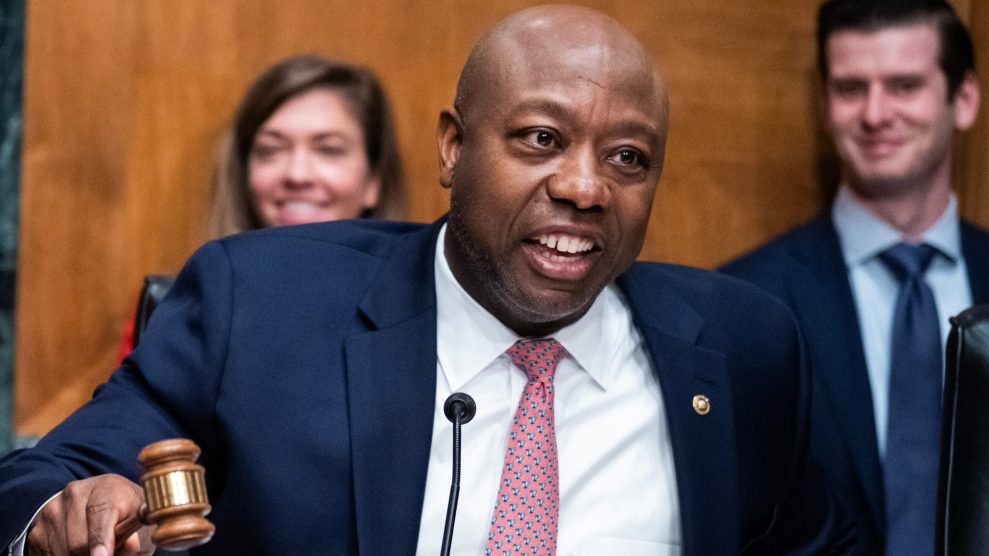According to RealtyTrac, a California-based firm that monitors foreclosures for
investors, a foreclosure notice was delivered last month to one in every 501 U.S. households.
Yet the housing crisis goes even deeper than those numbers suggest. While the burst of the housing-market bubble is nearly always pegged to the surge in risky subprime mortgages made to under-resourced borrowers over the course of the last decade, the bust is also affecting people who never borrowed a dime.
In Miami, the foreclosure epidemic encompasses not only single-family homes, but apartment buildings as well. And with a flood of people losing their homes now entering the rental market, rents are climbing.
Tomorrow, Floridians can join Laura Flanders and the Media Consortium to talk more about these issues at Live From Main Street in Miami’s Lyric Theater: “Magic City, Hard Times: How is Miami Facing the Economic Crisis and Working
Toward a Sustainable Future?”
—Adele M. Stan
Adele M. Stan is executive
editor for The Media Consortium, a network of progressive media
organizations, including Mother Jones.















